Let’s paint a vivid picture. You’re at a lavish masquerade ball on a mission to find one particular individual among the throngs of masked guests. But here’s the catch – you’re blindfolded. While this scenario might set the stage for a thrilling party game, it’s certainly not the strategy you’d employ to run a successful business.
In today’s article, we’re diving headfirst into the realm of understanding your audience with data as your guide. Whether you’re navigating the uncharted waters of a fledgling startup or steering the course for growth of a well-established corporate vessel, you’re in the right place.
Defining your target audience
So, who are these mysterious people you’re trying to reach? We’re talking demographics – age, gender, location. Get specific here. Are you catering to tech-savvy millennials in London, or maybe retirees in Devon seeking adventure?
But let’s go deeper. It’s time to dive into psychographics. What makes your audience tick? Their values, interests, and behaviours are the juicy details that will help you tailor your message. Remember, the more you know, the better you can connect with them.
Okay, now that you’ve got a pretty good idea of who they are, it’s time to figure out what keeps them up at night. What are their pain points, challenges, and needs?
Collecting data
Now, you’re on a quest to understand your audience better, and data is your treasure map. But where do you find this treasure? Let’s break it down:
- Utilising online analytics tools: Imagine you have a crystal ball, but instead of predicting the future, you’re peering into your website and social media world. Start with Google Analytics. It tells you who’s visiting, where they’re from, what they’re doing, and more. Set it up, learn the basics, and you’ll uncover a goldmine of insights.
- Social media insights: Platforms like Facebook, Instagram, and Linkedin aren’t just for sharing content; they’re a treasure trove of audience data. Click around those insights tabs, and you’ll discover who your followers are, what content they love, and when they’re most active.
- Customer surveys and feedback: Sometimes, you just have to ask. Conducting customer surveys or collecting feedback can be like having a direct hotline to your audience’s thoughts. Create surveys that dig into their preferences, challenges, and suggestions. Trust us, they’ll appreciate being heard, and you’ll gain valuable insights.
- Competitor analysis: You’ve heard the saying, “Keep your friends close and your enemies closer”? Well, it applies here, too. Take a peek at what your competitors are up to. Check out your competitor’s websites, social media, and customer reviews. What are they doing well? What are they missing? This can clue you into opportunities or strategies you might be overlooking.
Remember, data is everywhere; you just need to know where to look.
Analysing data
Now that you’ve collected a heap of data, it’s time to make sense of it. Here’s how in three steps:
- Segmenting your audience: You divide your audience into smaller groups based on common characteristics, like age or interests. This way, you can tailor your message to each group, making it much more appealing.
- Identifying trends and patterns: Data isn’t just numbers; it’s a story waiting to be told. Look for trends and patterns. Are there certain times when your website gets more visitors? Do certain social media posts get more likes and shares?
- Tracking Key Performance Indicators (KPIs): KPIs are like the dashboard of your business. They’re specific metrics that tell you how well you’re doing. In the digital world, this could be things like website traffic, conversion rates, or social media engagement.
By keeping an eye on your KPIs, you’ll know if you’re heading in the right direction or need to change course. It’s like the compass that keeps you from getting lost in the data jungle.
So, there you have it: data analysis in a nutshell. It’s about breaking down the big picture into manageable pieces, finding the patterns, and using those insights to steer your business in the right direction.
Refining your marketing strategy
Okay, so you’ve collected a bunch of data and cracked the code on your audience. Now what? Let’s explore the following:
- Personalisation: You can tailor your marketing efforts to individual customers using your gathered data. Send them personalised recommendations, offers, or content that makes them feel like you’re reading their minds.
- Content creation: You can create blog posts, videos, or infographics that dive deep into the latest tech trends and how they can benefit your audience. It’s all about giving them what they crave, content-wise.
- Targeted advertising: Gone are the days of random advertising. With data in your arsenal, you can create laser-focused ad campaigns. Show your ads to the right people at the right time on the right platforms.
- Customer experience optimisation: Use data to enhance the overall customer experience. This could mean improving website navigation, offering top-notch customer support, or streamlining your checkout process.
Adapting to changes
The only constant in life and in business is change. Your audience isn’t static; it evolves, shifts, and grows. So, let’s talk about how to stay on the ball when the game keeps changing.
A. The dynamic nature of audiences: Think of your audience like a river. It never stops flowing, and you’ve got to navigate its twists and turns. Your audience’s preferences, behaviours, and needs can change with the wind.
Stay vigilant. Continuously monitor your data. What worked last year might not work today. Be flexible and ready to pivot when needed.
B. Ethical considerations: With great data comes great responsibility. You’ve got access to a lot of information about your audience, and they’re trusting you to use it wisely.
Respect privacy. Follow the rules and regulations about data usage. Ensure your audience knows how their data is being used and that it’s for their benefit. Building trust lays the foundation for a strong business relationship.
Shooting in the dark or hitting the bullseye with data
Understanding your audience isn’t just a box to check; it’s the difference between shooting in the dark and hitting the bullseye. When it comes to working with data, here are your key takeaways:
- First, knowing your audience inside out is like having the ultimate cheat code in the business game. You know who they are, what they want, how to give it to them.
- Second, data is your trusty sword that cuts through the noise and guides you to success.
- Third, adapting to change and being ethical in your data use is the mark of a true business professional. It’s like the armour that protects your brand’s reputation.
Whether you’re a small startup or a big corporation, this applies to you. The power of data is within your grasp. So, dive into your data, understand your audience, adapt, evolve, and thrive. And, if you’d like a hand getting started, let us know because we can help.







